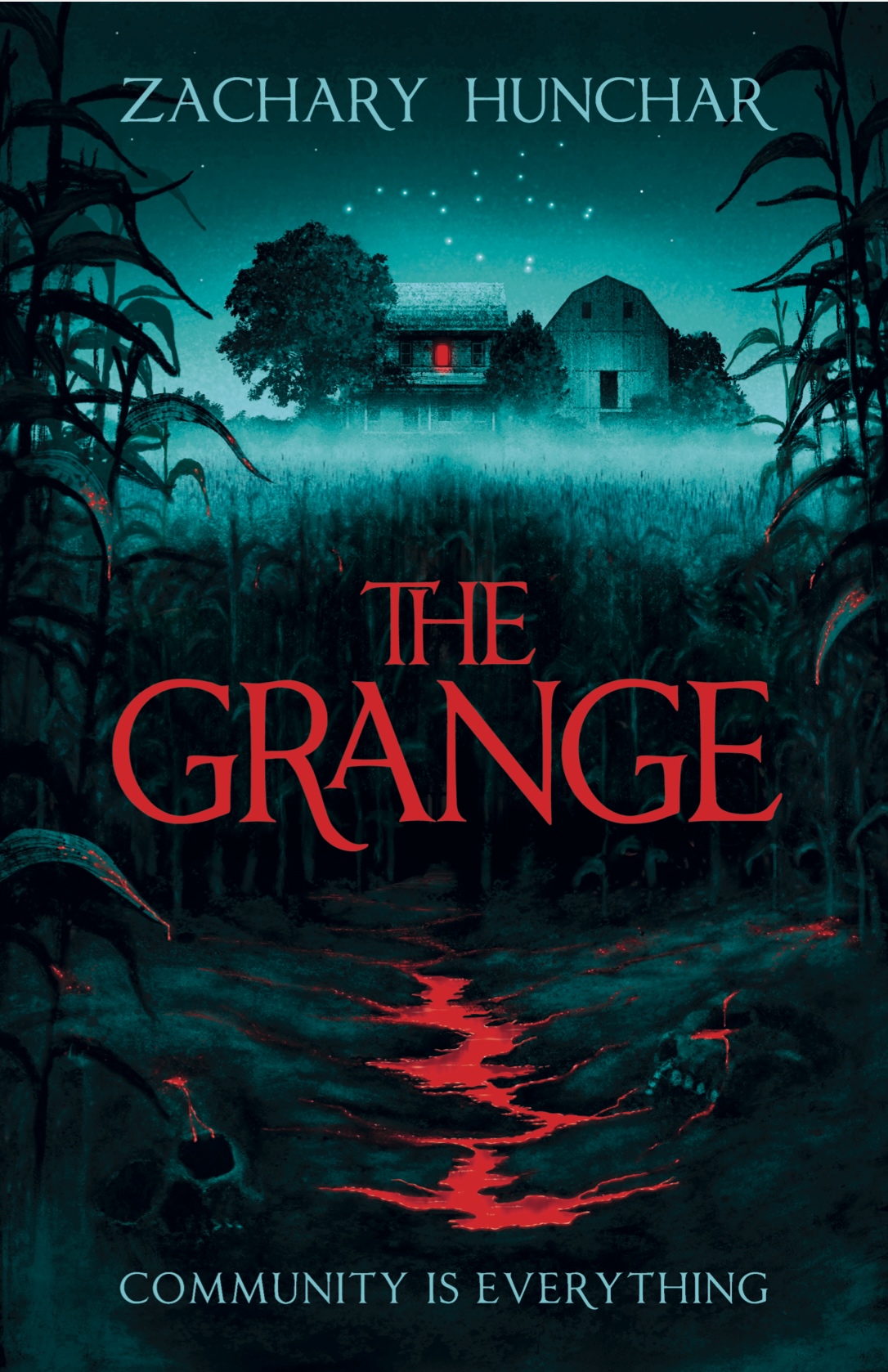In case you missed it, I premiered my cover reveal here.
I came across a strange and fascinating news article about Pamela Anderson producing a TV series based on the comic book character Barb Wire, which she portrayed in a movie of the same name. From Deadline:
EXCLUSIVE: It’s a family affair for Pamela Anderson, who has launched the production company And-Her-Sons Productions alongside sons Brandon Thomas Lee and Dylan Jagger Lee. A TV series from UCPand Dark Horse Entertainment based on Dark Horse Comics’ 1990s comic book character Barb Wire is currently in development and will serve as the company’s first project, sources tell Deadline.
Anderson famously starred in a 1996 movie adaptation from Universal Pictures, playing the titular character created by Chris Warner. The action flick is less than a year shy of its 30th anniversary.
This won’t be particularly long, but I have a fun connection to this. It was roughly October of 1995. I had been living in Los Angeles for about three months, and I spent most of that time volunteering on no-budget films being produced, as a way of building contacts and gaining experience. It had been an exhaustive process, and little about it was paying off.
That was until a production assistant I must have crossed paths with recommended that the producers bring me in to fill in for him. I think he was going to work on something else, and the film he had been on needed extra days to complete. So, they called me and I was like, “You’re paying? I am in!” The next day, I arrived at the set of Barb Wire, ready to work.
And I worked—a lot. I was there for almost twenty-four hours straight. I guess it was the last day, so it was my only day shooting, but it was my first paid gig in Los Angeles. It turned out to be my last, as the next thing I did was go to work for LIVE Entertainment. I got that gig because someone on Barb Wire remembered me busting my ass.
It wasn’t the only ass related thing that happened. At one point, I was asked to use a smoker. Essentially, it is a can with boiling oil that you spray onto a wooden paddle and wave it in the direction you want the smoke to go. I was distracted and I hit a guy near me, right in the butt. It almost set his jeans on fire.
They moved me to something safer. We were shooting the main credits footage, which was Pamela walking on a runway with strobes and sudsy water being fired at her. My job was to run up between takes and wrap a dry robe around her. A lot of my friends were quite jealous to hear about that. They were less jealous about my next task, which was to clean up all the water on the soundstage. That was me dumping sawdust and then shoveling it. The last thing I remember that day was helping the camera crew move all of the counter-weight lead bars.
Production is harrowing even if you’re inches from a hot, semi-naked model.
This part was written earlier in 2025, but I never shared it here.
I’m in a weird place as the newest Hunger Games film opens this week. The Ballad Of Songbirds And Snakes, it’s called. I’ve heard from people at Lionsgate it is solid. It appears that the reviews are all over the place. There appears to be some concern about the lead actress causing drama on other projects, but the projections seem fairly positive — except for one aspect.
What’s weird for me is that I released the prior three films, and I’m no longer with Lionsgate. Those films were massive. Huge undertakings. Especially for (at that time) a mini-major. The majors have presence in most major markets, so managing a release is pretty automated. I covered Latin America, which is twenty-three countries and ten million square miles.
These releases were, for the average viewer, 2 to 3 hours of their time. For me, it was four long, hard months of pushing, pulling, and saying a few prayers (Are you there, Odin? It’s me, Zach.) So, now, when I see a TV spot or review, a strange PTSD kicks in, and I start checking my email for KDM requests. That would be a Key Delivery Message. For Digital Cinema, it’s how the studios control when a movie can start playing and for how long.
There was a time when studios were very concerned about theaters not breaking street dates. This can be controlled by using KDMs. They contained the film info, the theater projector info, and start and end dates and times. You could have the DCP (Digital Cinema Print), but without the KDM, it was just a 250 GB file.



